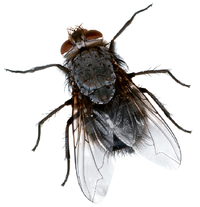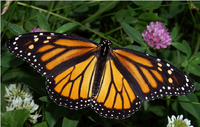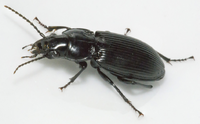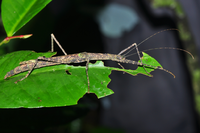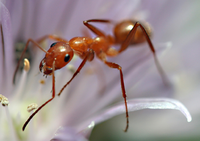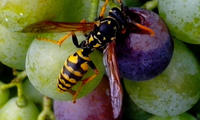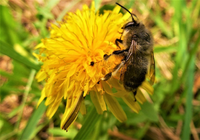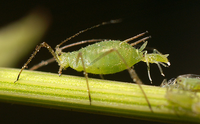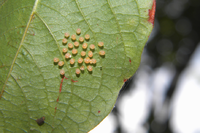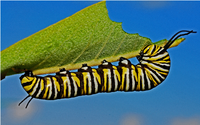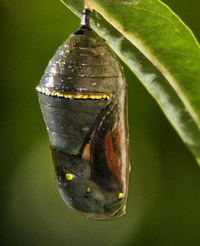Difference between revisions of "Insect"
| Line 51: | Line 51: | ||
{| class="wikitable" | {| class="wikitable" | ||
| − | |Eggs | + | |'''Eggs''' |
| − | |Larva | + | |'''Larva''' |
| − | |Pupa | + | |'''Pupa''' |
| − | |Adult | + | |'''Adult''' |
|- | |- | ||
|[[File:ButterflyEggs.png|center|200px]] | |[[File:ButterflyEggs.png|center|200px]] | ||
Revision as of 10:20, 17 August 2018
Key Stage 1
Meaning
An animal without a backbone and with 6 jointed legs.
About Insects
- There are many different types of insect. These are just some of the types:
- Flies
- Butterflies
- Moths
- Beetles
- Stick Insects
- Ants
- Wasps
- Bees
- Aphids
| There are many different types of fly. | A butterfly is an insect. | A moth is a nocturnal insect. |
| There are over 10,000 different kinds of beetle. | Stick insects have evolved to look like sticks to hide from predators. | Ants live in big groups called a 'colony'. |
| Wasps are insects that sting to defend their nest. | Not all bees make honey or live in hives. Most types of bee live on their own. | An aphid is a 'pest' that damages plants. |
Key Stage 2
Meaning
An insect is an invertebrate with 6 jointed legs.
About Insects
- All adult insects have 6 legs.
| Eggs | Larva | Pupa | Adult |
| Insects lay eggs. | The eggs hatch and a larva comes out. This larva is called a caterpillar. | The larva makes a pupa where the larva can change into the adult. | The adult insect hatches from the pupa. In this case the adult is a butterfly. |
